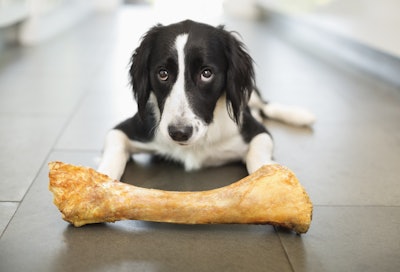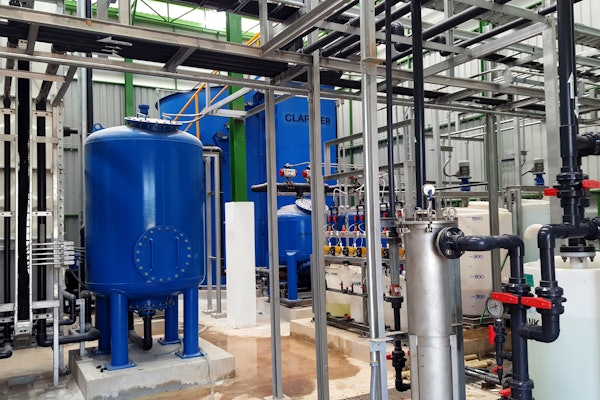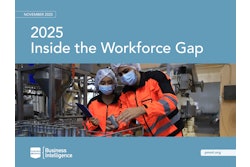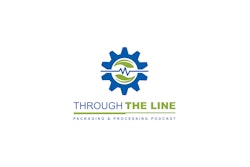
Consumers love their pets—to the tune of a record-breaking $72.56 billion spent on food, supplies/over-the-counter medications, veterinary care, live animal purchases, and other services in 2018. That’s an increase of more than 4% over 2017’s $69.51 billion, according to the American Pet Products Assn. (APPA), which compiles spending figures each year for the pet-care industry.
“Millennials continue to be the largest pet-owning demographic, and this shows in the data,” says Bob Vetere, President and CEO of APPA. “We know this generation is willing to pay more for quality products and services to improve the health and well-being of their pets. Today more than ever, pet owners view their pets as irreplaceable members of their families and lives, and it’s thanks to this that we continue to see such incredible growth within the pet care community.”
Spending on pet food continues to make up the majority of dollars spent in the industry, at $30.32 billion in 2018, with premium dog food accounting for the most frequent type of food purchased, followed by generic and natural food. Rather than a higher volume of food being sold, the ongoing growth in this category likely stems from rising prices and sales of higher-priced foods made with quality ingredients. An interest in natural, locally-sourced treats and chews has never been higher across U.S. pet owners.
APPA estimates sales of pet food will grow by 4.5% from 2018 to 2019 to reach $31.68 billion. “In the coming year, we anticipate steady growth in the pet food category thanks to opportunities that reside in specialized diets, targeting the aging pet population and pets with unique dietary needs,” Vetere says. “The availability of fresh food options and subscription delivery programs is also expected to increase spending in this category.”
Coming in at $18.11 billion, veterinary care remains the second highest source of spending in the pet care community, surpassing growth in any other category at a rate of 6.1%.
Following veterinary care, spending on supplies and OTC medications holds the spot for the third highest source of pet spending. Up 6% from 2017, $16.01 billion was spent on items such as beds, collars, leashes, toys, travel items, clothing, food and water bowls, pet tech products, and other accessories. The use of pet meds and supplements to ensure longer, healthier lives for pets continues to increase. APPA estimates sales in this category will grow to $16.44 in 2019, an increase of 2.7%.
Pet services outside of healthcare including services such as grooming, boarding, walking, training, pet sitting, and yard services saw a slight decrease, dropping 0.8%. The live animal purchases category experienced a 4.3% decline compared to the year before. Contributing $2.01 billion in 2018, this category makes up the smallest area of total pet industry spend.
“People across generations are keeping their pets longer, thus reducing the acquisition of new pets,” says Vetere. “However, with spending on our pets higher than ever before, it’s clear that giving pets the best lives possible is still a top priority for pet owners, and they’re willing to spend more on the quality products and services they consume if it means more quality time with their beloved companions.”


















